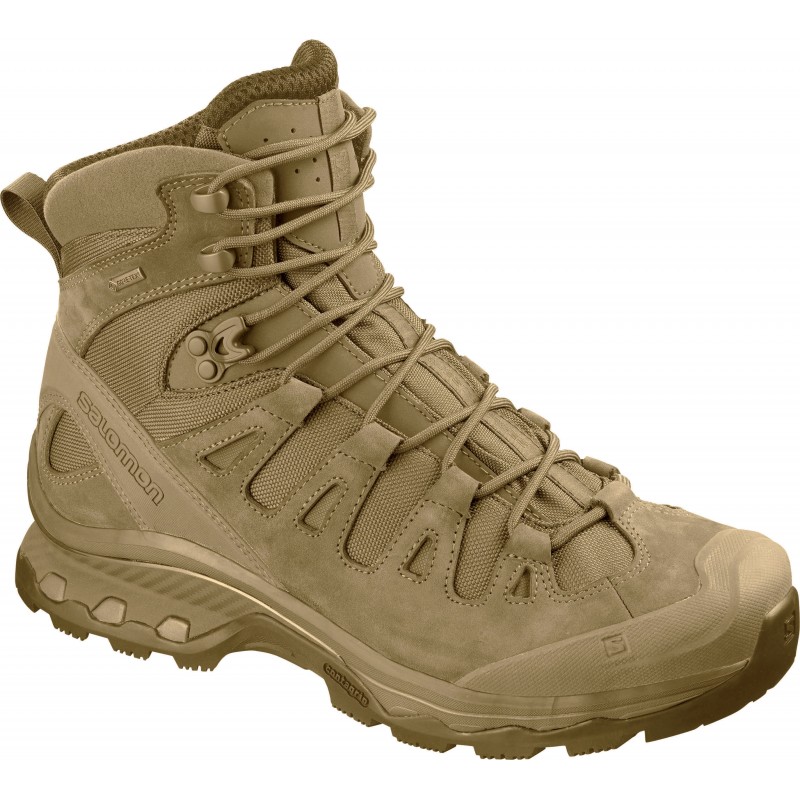
This cookie is set by GDPR Cookie Consent plugin. The cookies is used to store the user consent for the cookies in the category "Necessary". The cookie is set by GDPR cookie consent to record the user consent for the cookies in the category "Functional". The cookie is used to store the user consent for the cookies in the category "Analytics". These cookies ensure basic functionalities and security features of the website, anonymously. Necessary cookies are absolutely essential for the website to function properly. If they fit your feet – think medium-ish volume, snug heel – then these are excellent, lightweight, three-season boots.īuy if you want a lightweight boot for below the snow-line use that combines comfort, precision and stability in a high-ankled package and, of course, if they fit your feet. The running shoe technology works brilliantly, though only time will tell on the durability side of things. It has a beguiling combination of lightness, stability, comfort and precision that works for hiking, backpacking and scrambling. We reckon the Quest 4D GTX is far and away the best three-season boot that Salomon has come up with since the long lamented X-Adventure 7. Last but not least, a Gore-Tex liner keeps your feet dry during shallow stream crossing expeditions, though it may get a tad warm on really hot days. The Quest is cut high on the ankle for a lightweight boot, but it keeps rubble out and protects your ankles during clumsy rock moments and we soon got used to it, partly because the locking lace eyelet at the top of the forefoot allows you to keep fit snug low down, but leave the ankle area looser for comfort. Underfoot cushioning on harder ground is good too and while the Contragrip sole unit isn’t as good as some on wet rock, it’s still not too bad and all-round grip is decent enough. And yes, to drag out a mouldering cliché, they really are comfortable straight out of the box. No forward slippage heading down either as the discreetly padded uppers do their stuff. The fit is narrower than the likes of Scarpa say or Brasher and pays off with rock solid heel anchorage even on steep ground. The difference is that Salomon’s 4D chassis developed in their trail-runing shoes, gives a fantastic balance between walking comfort and lateral stiffness and, along with the wide, flared heel section of the Contragrip sole unit and external heel counter, makes them very, very stable. Salomon went through a phase of over-padding their boots making them feel soft and clumpy, but the Quests go back to basics with a snug fit and just enough 4D memory foam padding for instant comfort, but not enough to compromise precision.ĭespite butch photo looks, they’re actually very light at 1300 grammes on the button, only slightly more than the CARN Storm Chaser Mid we recently reviewed. These are some of the nicest boots we’ve used for ages, period. You also get dual-density, light but well-cushioned EVA foam mid-sole cushioning and, a small but welcome touch, there’s a lace-locking cleat between ankle and forefoot areas, so you can lace the boot differentially, say with a snug fore-foot fit and looser ankle or vice versa if you prefer.

The 4D Advanced Chassis is a thermoplastic urethane midsole support plate that’s designed to improve stability by reducing lateral flex and also to help protect feet from the sharp, penetrating discomfort of pointy, underfoot terrain. That makes a lot of sense because the Salomon running chassic is both light and stable.
#Salomon quest 4d pro#
The interesting bit about the Quest 4D is that it borrows sole and chassis technology directly from Salomon’s proven trail-running shoes and in particular, the classic XA Pro adventure-racing shoe. In other words, it’s a classic lightweight, three-season boot that we’d be looking at for anything short of crampon work. Salomon describes the Quest 4D GTX as a ‘new generation backpacking boot featuring protection, comfort and stability designed from the most advanced trail running technologies’,


 0 kommentar(er)
0 kommentar(er)
